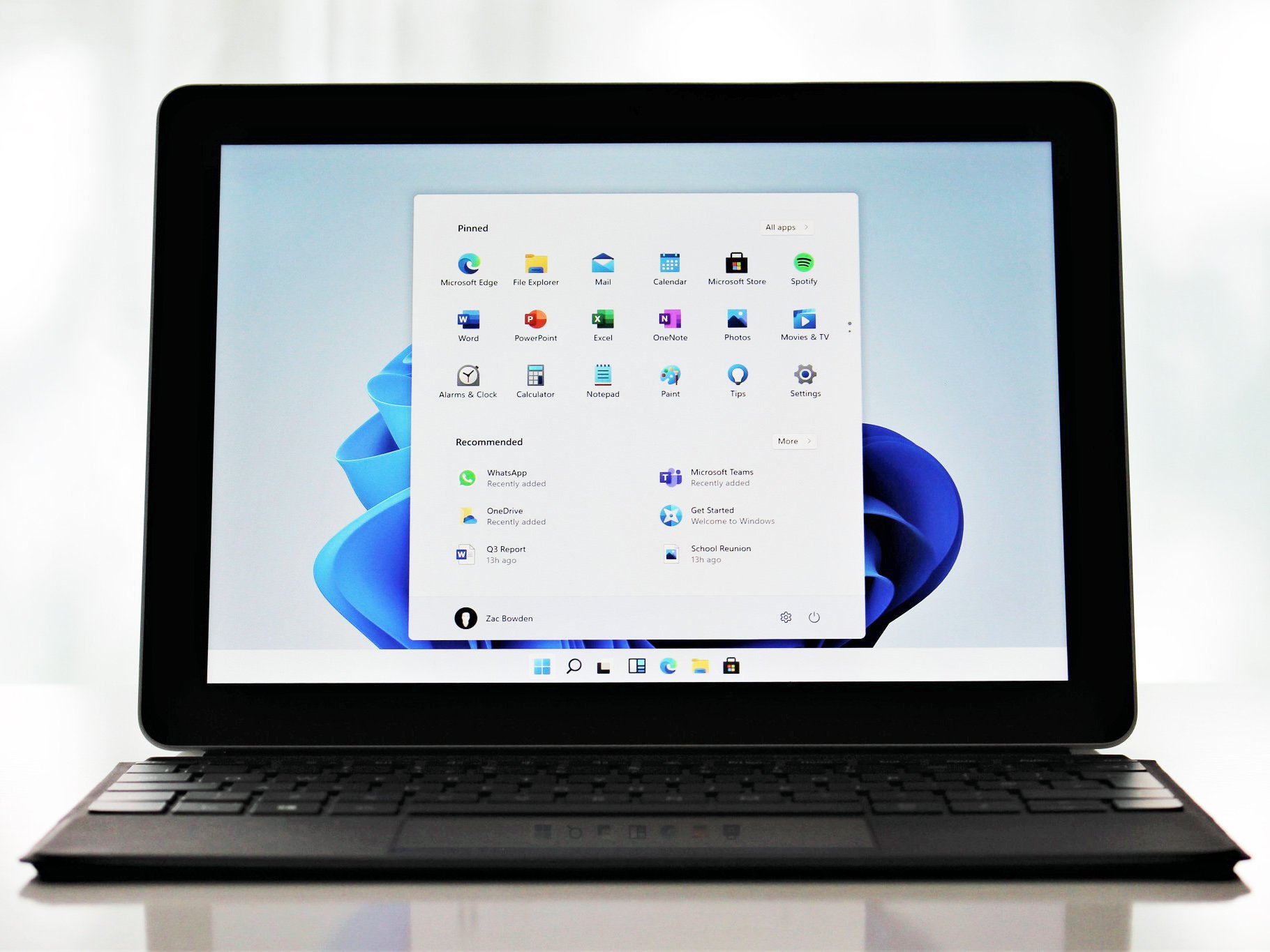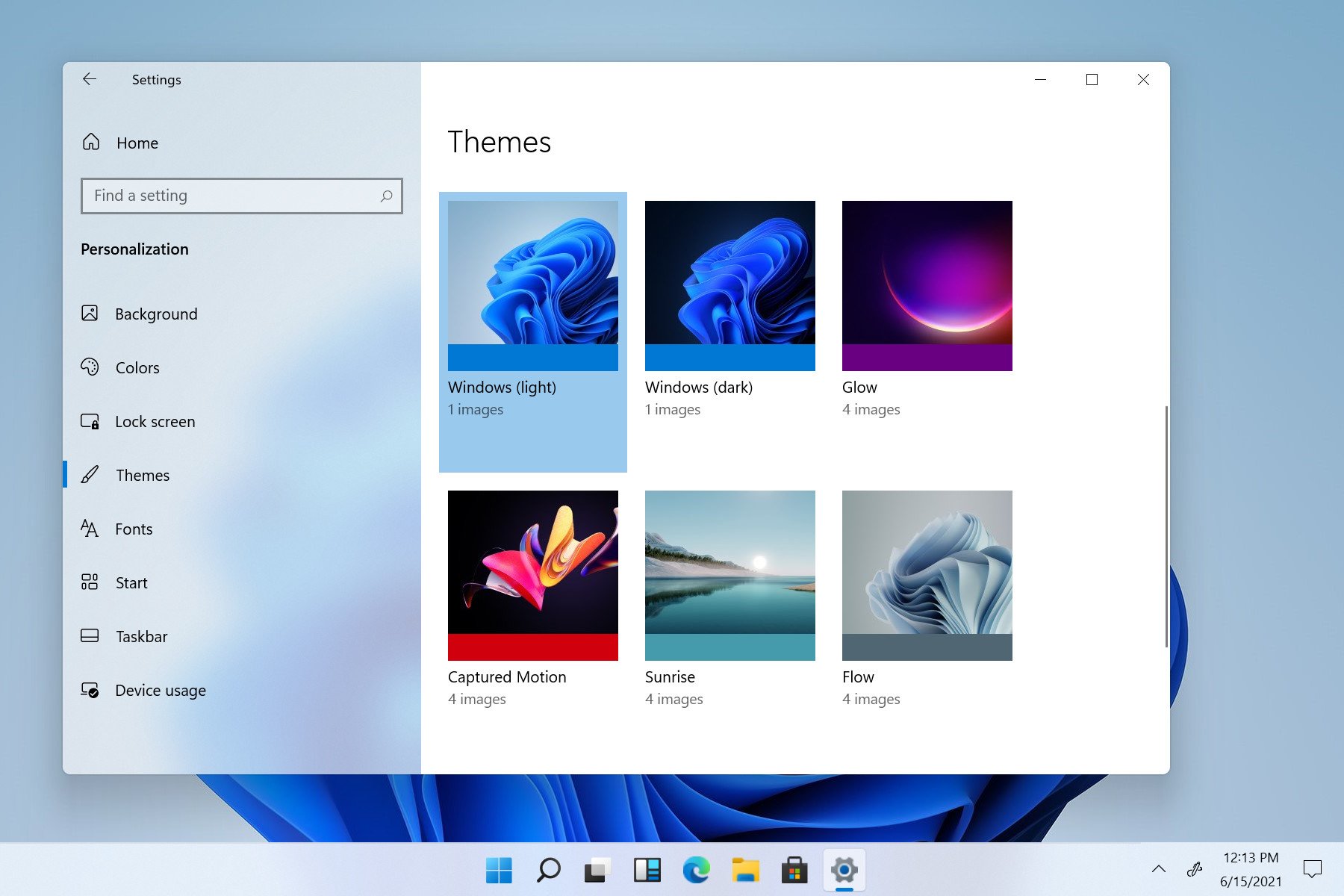Microsoft's radical new Windows 11 follows in the footsteps of Windows 10.
Microsoft is hard at work on the next version of Windows, shaping up to be the most extensive overhaul of the operating system in over a decade. With Windows 11 branding all-but-official, it's a time of change ahead, with new visuals on the docket, modernizing all aspects of the user experience. That includes a new Start menu, Taskbar, and an overall reinvigorated design, introducing a slick new identity for the Windows platform.
But a new Windows wasn't always planned, with Microsoft previously unveiling Windows 10X in 2019, its next step for the OS, first geared to dual-screen devices. With the project now on hold, and Microsoft reinvesting resources in the full version of Windows, we see many of its learnings translate to early components of Windows 11. We're expecting it to release this October, with a zero-cost upgrade available.
Windows 11 represents a huge step for the OS, breaking away from existing traditions spanning several decades. The new Start menu and Taskbar take center stage, with a novel layout and iconography, firmly distancing this version from recent Windows 10 releases. In addition, various menus have been redesigned, with rounded corners throughout and support for improved desktop widgets. There's also a new start-up sound, seemingly taking inspiration from Windows 95.
That's just a sample of what Windows 11 has in store, with Microsoft expected to provide a deeper dive, plus official word on availability, at a dedicated event scheduled for June 24. Microsoft has already inferred an imminent Windows 11 announcement through various teasers, with a recent leak providing the closest look to date ahead of the briefing.
Will Windows 11 be a free upgrade?
Microsoft has yet to formally announce Windows 11, with no official word on availability and pricing. However, we're expecting Windows 11 to be offered as a free upgrade to existing Windows 10 users, as Redmond embraces a service-based approach to its flagship operating system.
Windows 10 was famously coined as the "last version of Windows," with free upgrades initially offered to Windows 7 and Windows 8 users. After that, it issued seasonal updates to Windows 10 regularly, adopting an approach dubbed "Windows as a Service." Unlike previous Windows iterations, later superseded by full-fledged successors, Microsoft rapidly built upon foundations established in 2015. That's seen Windows 10 steadily evolve, now vastly improved, compared to those first versions.
Microsoft may adopt a similar approach for Windows 11, providing a seamless upgrade for all existing Windows 10 devices. A free upgrade to Windows 11 will be directly accessible through Windows Update as a typical installation. However, just like you can stop Windows 10 updates, users will have the option to defer a Windows 11 upgrade if preferred.
When Windows 11 arrives later this year, we're also expecting various hardware manufacturers to embrace the launch as a new opportunity to drive PC sales. Upcoming PCs could come with Windows 11 preinstalled or readily available as a free upgrade. Windows 11 licenses, like past Windows versions, should also be available for standalone purchase.
Expect to learn more about Windows 11, plus the features in store, with the upcoming Windows 11 event set for June 24.







0 comments:
Post a Comment